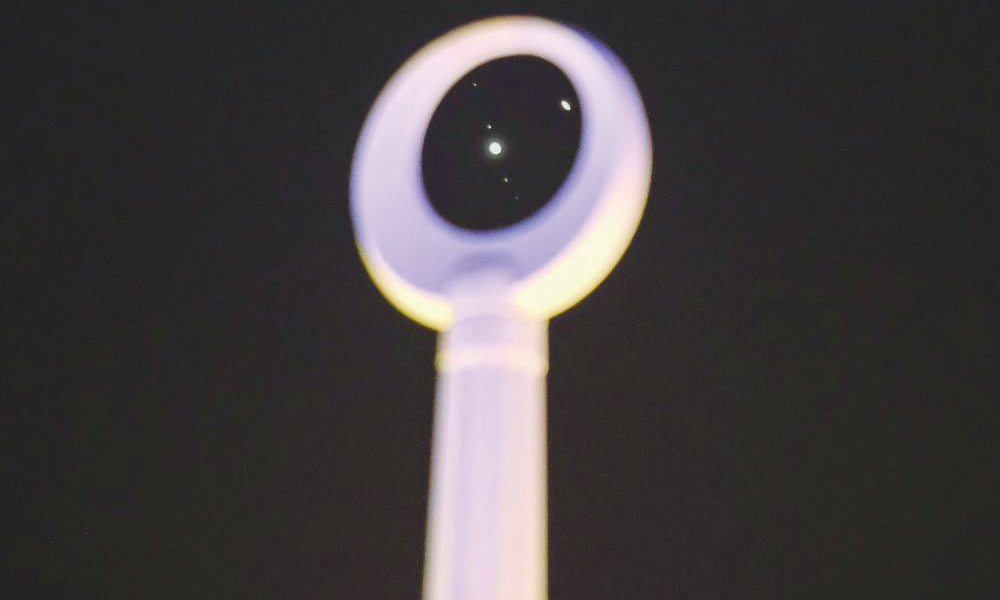

The ‘Great Conjunction’ of two planets — Jupiter and Saturn — took place on Monday night. The conjunction happens when the two large planets pair when they have the same right ascension or celestial longitude. According to Abdulwahab al Busaidy, Member of the Oman Astronomical Society, this phenomenon is rare and will only happen again after 60 years. “It is a very beautiful view to watch. From 5 pm on Monday, the great conjunction appeared clearly in the sky on the western or south-western side in the Sultanate,” he said. The phenomenon was easily visible around the world a little after the sunset. Neighbours Jupiter and Saturn pass their respective laps around the sun every 20 years. But, on Monday, Jupiter and Saturn were just one-tenth of a degree apart from our perspective or about one-fifth the width of a full moon.
The National Aeronautics and Space Administration (Nasa) said it’s been nearly 400 years since the planets passed this close to each other in the sky, and nearly 800 years since the alignment of Saturn and Jupiter occurred at night, as it happened for 2020, allowing nearly everyone around the world to witness this great conjunction. At the same time, another astronomical incident took place on December 21 which is the winter solstice. “This is a coincidence. Winter solstice is an annual event which coincidently happened this year at the same time with the great conjunction. It is the day with the shortest period of daylight and longest night of the year when the sun is at its lowest daily maximum elevation in the sky,” Al Busaidy added.
According to astronomers, in this December solstice, Earth was positioned in its orbit so that the sun stayed below the North Pole horizon. As seen from degrees south of the equator, at the imaginary line encircling the globe known as the Tropic of Capricorn, the sun shined directly overhead at noon. This is as far south as the sun ever got. All locations south of the equator had day lengths greater than 12 hours at the December solstice. Meanwhile, all locations north of the equator had day lengths of less than 12 hours. For us, on the northern part of Earth, the shortest day comes at the solstice. After the winter solstice, the days get longer, and the nights shorter. It’s a seasonal shift that nearly everyone notices.
Oman Observer is now on the WhatsApp channel. Click here



